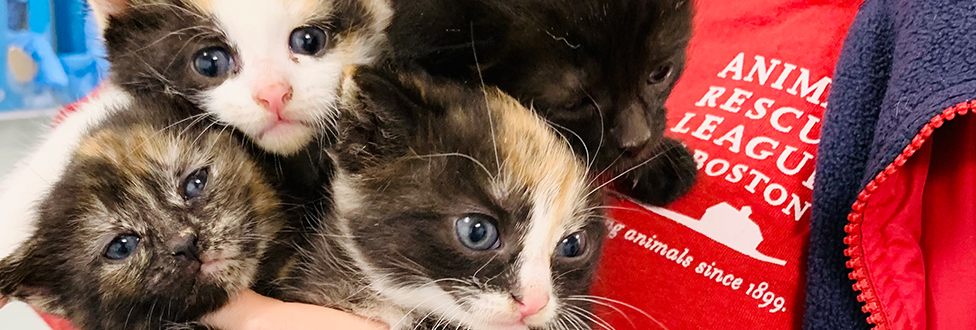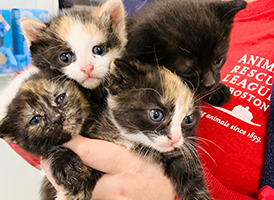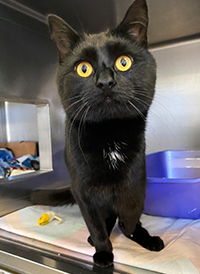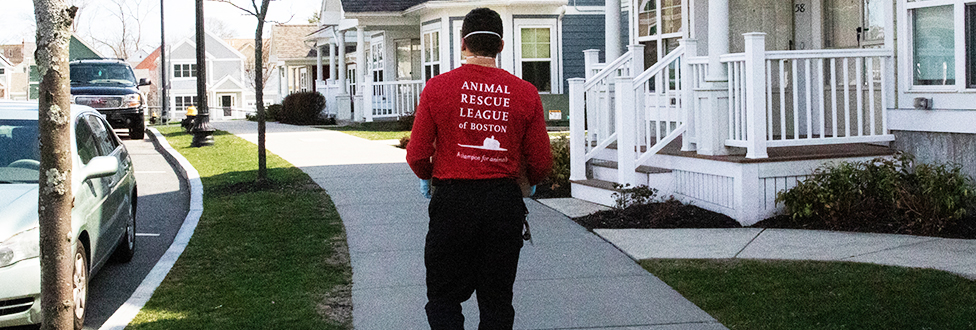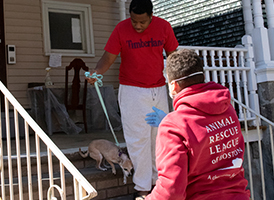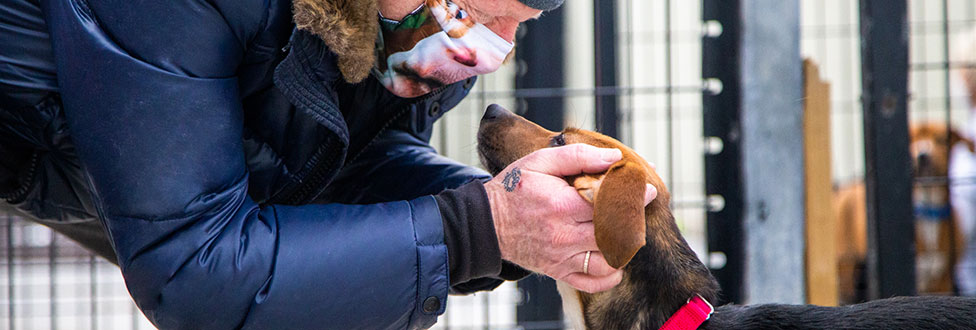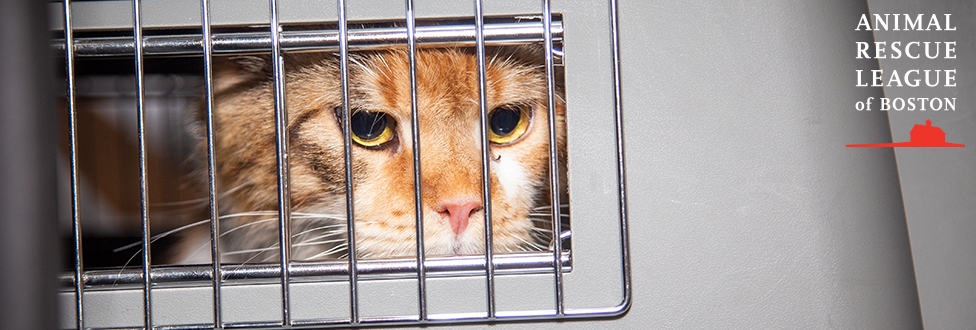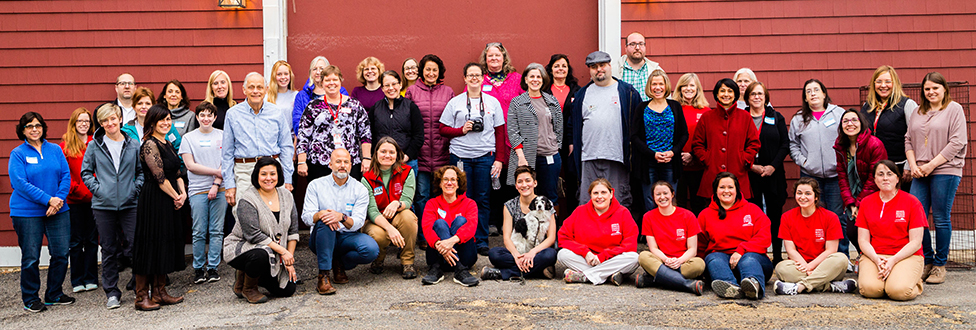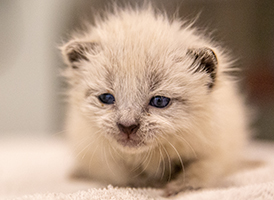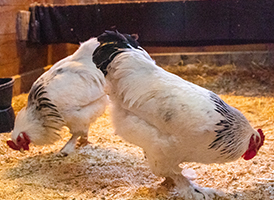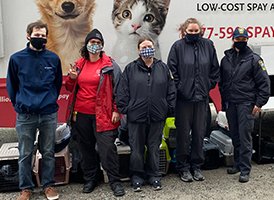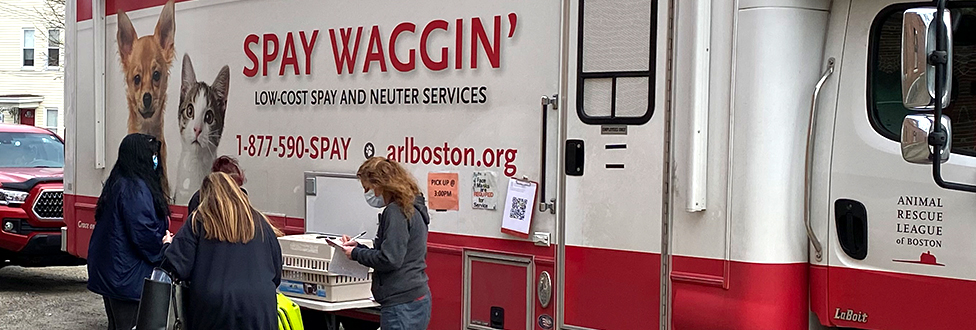Community Cat and Kitten Season Is Here
The days are getting longer, the weather’s getting warmer, and with spring upon us, the Animal Rescue League of Boston (ARL) has begun to see an influx of community cats and kittens, and reminds the public that many of these animals deserve to live their lives in loving homes, not on the streets; and there are steps to take to ensure these cats and kittens are safe and healthy.
Community cats – friendly strays, feral, semi-feral or abandoned – are incredibly resourceful and can be found in a variety of places — under decks, porches, in woodpiles, window wells, anywhere where they can find relative quiet – they’ve also been known to sneak into basements!
Should you spot two or 20 stray cats or kittens, ARL’s Field Services Department is ready to help.
Through ARL’s Community Cats Initiative, agents will assess a reported colony to determine the possible number of cats, their overall health status, and whether or not a local resident in the area is feeding the animals and can continue doing so.
Once the colony is assessed and staff checks for signs of ownership, a Trap, Neuter, Return (TNR) plan is formulated to have the animals spayed/neutered, vaccinated, and determine whether the cats will be returned to the field, or placed up for adoption.
With an estimated 700,000 community cats in Massachusetts, TNR is one of the most effective ways to stop the cycle of homelessness among cats.
Additionally, there are countless instances where getting a cat off the streets and into a loving home is literally a life-saving action.
Hanson’s Journey
Hanson, a one-year-old male community cat was recently brought into ARL’s Brewster Animal Care and Adoption Center.
While healthy overall, a limb deformity, likely a congenital defect, would’ve likely decreased his long-term survivability in the wild.
After a thorough medical exam, neuter surgery and seeing his warm and easy-going temperament, he was placed up for adoption.
Healthy Moms, Happy Litters
Additionally, if your cat or dog gives birth to a litter of kittens or puppies and you are looking for support, ARL has you covered.
Through the Healthy Moms, Happy Litters Program, ARL provides FREE spay and neuter services for the mother and father animals, who will be returned to the owner after surgery.
The litter will be spayed/neutered, and when they reach the appropriate age, placed up for adoption.

